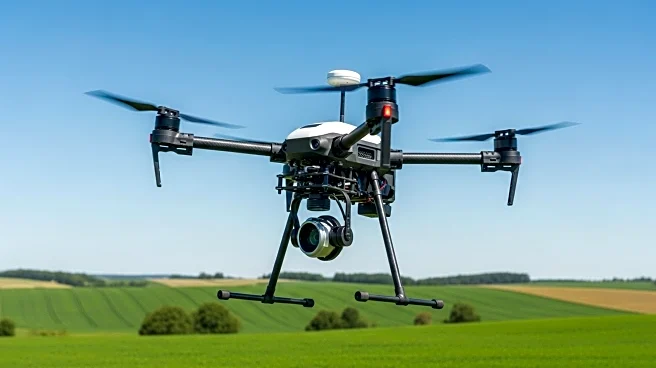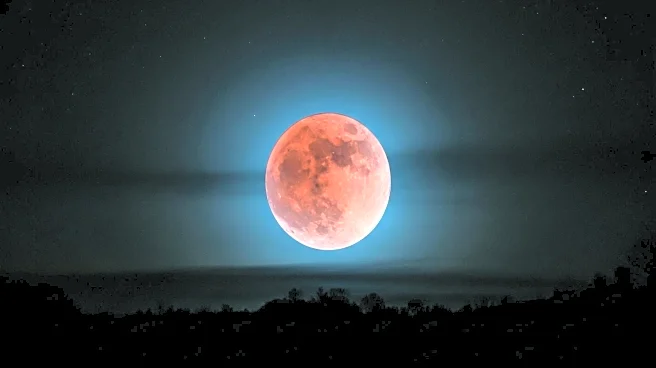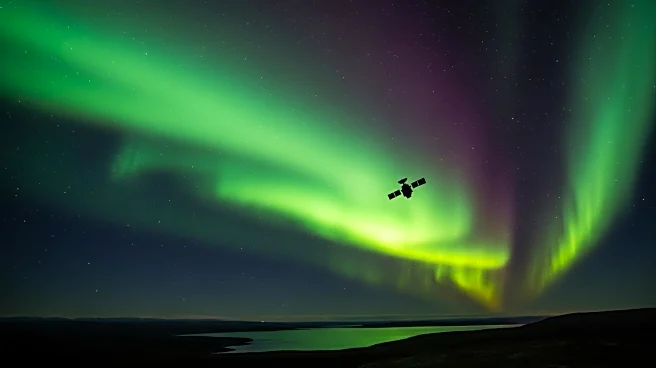What is the story about?
What's Happening?
A cannibal solar storm impacted Earth's magnetic field, resulting in a geomagnetic storm that produced stunning auroras visible across Europe and North America. The storm reached moderate levels, with solar wind speeds exceeding 670 km/s. Despite predictions of a more intense event, the storm's magnetic orientation limited its impact, yet still provided skywatchers with vibrant displays of the northern lights.
Why It's Important?
Auroras are a visual manifestation of solar activity and can provide insights into the behavior of Earth's magnetosphere. Understanding these phenomena is crucial for predicting space weather, which can affect satellite operations, communication systems, and power grids. The event highlights the need for continued monitoring and research into solar storms and their potential impacts on technology and infrastructure.
What's Next?
Scientists will continue to analyze data from the storm to improve predictive models of geomagnetic activity. Future solar storms may offer opportunities to study the effects of solar wind on Earth's magnetosphere and refine strategies for mitigating their impacts on technology.
Beyond the Headlines
The occurrence of auroras due to solar storms also underscores the interconnectedness of space and Earth systems. It raises questions about the long-term effects of solar activity on climate and atmospheric conditions, prompting further interdisciplinary research.
AI Generated Content
Do you find this article useful?















